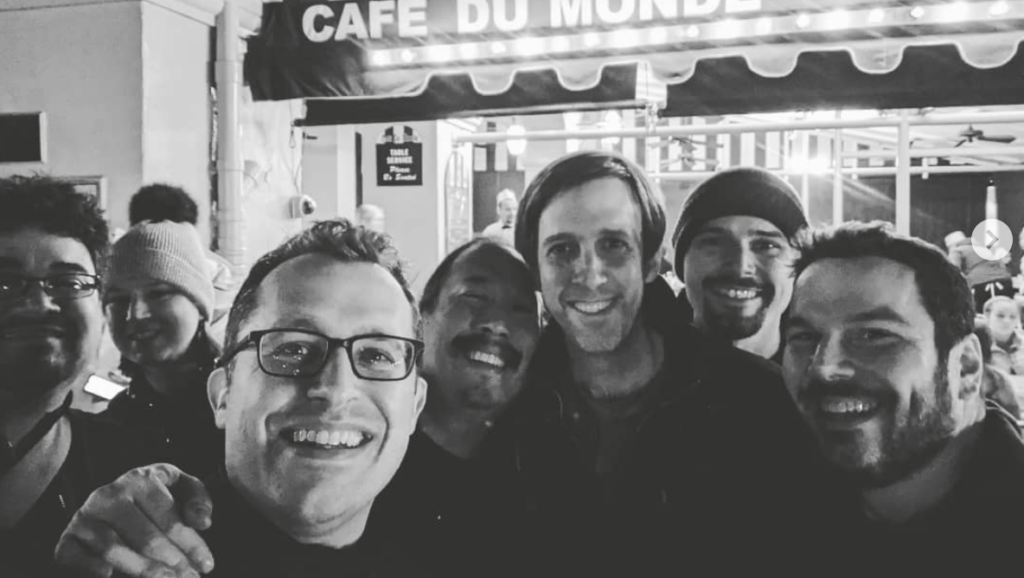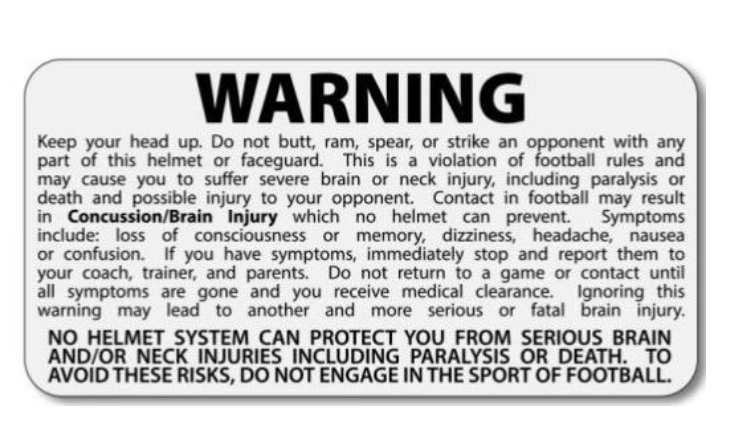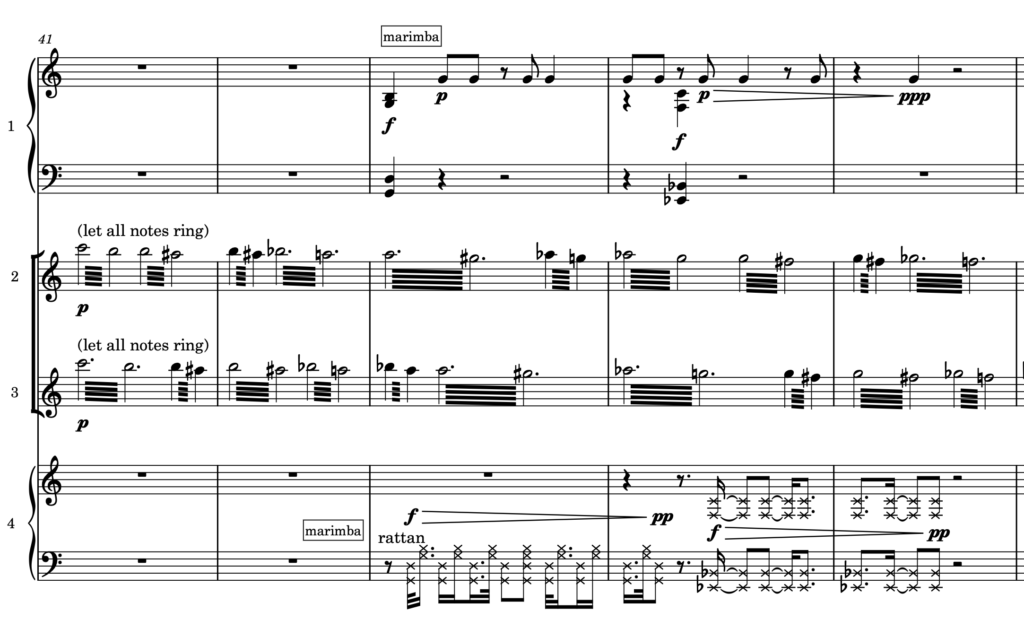It was exactly one year ago today that the music video for The Spaces Between premiered on YouTube in conjunction with a Composer Conversation series in which I was the featured composer. Since then, the work is slowly spreading its wings.
Specifically, it’s going to be performed as a part of New Music on the Bayou 2022, and it was selected for a new music YouTube page that I can’t talk about yet. It’s also been a key component of the narrative around grant applications and residencies that I’ve been submitting over the past few weeks, and I can also finally put it up for sale in my store.
More importantly, the work represents a significant mental pivot in my head about my creative voice, marking the beginning of my journey in abandoning self-inflicted barriers and coming to a much stronger sense of self-acceptance and validation of what my voice has to offer. To better understand that, we need to start with how the piece came about in the first place.
In the mid-late spring of 2019, I invited the Portland Percussion Group to perform as a part of nienteForte‘s tenth season. I committed myself to writing a new work for them to world premiere for their concert in the spring of 2020, figuring that I could compose over the early summer before prep for Tulane’s fall season would be in full swing.
I came up with a core concept for the work – four players with individual unpitched percussion instruments that would also be reciting text from warning labels and disclaimers. I was excited to explore it, particularly with the ambitions I had for the piece, going in with a mentality of challenging myself – I was conceptually writing something unlike anything I had ever done before, and I wanted to nail it – innovating new techniques and ideas that were outside of my normal comfort zone that could make a splash in the repertoire.
I dug into the creative process starting with a bunch of research. I got answers about whether those words were subject to copyright. I found lots of interesting warning labels that I thought would be good source material. I took the best ones and mapped them into rhythmic speaking cadences, and started playing around with motives and how I wanted the performer to switch between speaking and playing the words.
Once I had to actually construct the music and turn it into a piece, I found myself paralyzed. I’d write ten measures and then stop. The next day I would hate what I did or not know where to go. I’d table it and try again in a different session, stare at what I had done and get nowhere.
I came to realize that I had trapped myself in a creative corner. I had this full list of mental requirements that I told myself would stamp the work as a “legitimate composition”, and anything that I committed to on the page wasn’t good enough. The more I tried to hone it and pin it down, the more it eluded me, and the pressure that I put on myself to make the piece be “legitimate” started hindering my desire to work on it at all.
This went on for months. The end of summer hit, and I told myself I would find time to do it during the fall season. The fall season came and went, and I told myself I was going to devote winter break to figure it out. Suddenly it was one week before I promised them I would get them parts, and I had less than one minute of music on the page.
The previous year, I had promised a different ensemble a new piece that I ended up dropping for almost exactly the same reason, trying to challenge myself to write in a way that was completely foreign to me. I didn’t want that to happen again, go for two years without a new piece of music to show for it. I needed to double-bar something. I remember very clearly sitting with my laptop on a Thursday, looking at these random scraps, and saying to myself, “Screw this. I’m starting over. I’m going to write something that I know how to write.”
The Spaces Between was the result. Nine minutes of music that I wrote in the span of about two and a half days.
When I turned the parts in to the ensemble, I considered it a throwaway piece. The voice in my head was telling me, “You wrote it too quickly. It was too easy for you. It clearly has no real value.” I figured that the concert would come, the piece would never again have to see the light of day, and I could work on the piece that I had originally intended and plan it for a future concert.
Then I got a text from Chris Whyte, one of the musicians and a good friend. “We love this piece,” he said. “We’re going to make it a regular part of our repertoire.” I remember my first reaction to the text was dismissal and denial. I was friends with most of the group, they were just being nice to me. Then, months after they premiered it, Chris reached out and told me that they had selected it to use for a music video recording session, one of four works out of many more that they decided they wanted to commit to a professional video shoot.
In an artist seminar I participated in in the middle of this journey, one of the other participants shared a story about Monet who was at a bar or a restaurant and ended up doodling a fairly intricate sketch on a napkin. The waiter came over and saw it and said, “wow, that was fast, it only took you two minutes,” and Monet’s response was, “Two minutes plus twenty years.”
That story (along with other parts of that artist seminar) and Chris’s tangible reinforcement of their love of The Spaces Between solidified a mental shift that had started germinating that year concerning my creative legitimacy and the kind of work that I wanted to create. There’s a fundamental concept that I preach to all of my students and have applied to my personal life: “There are always people that will love you no matter what you do, and there are always people that will hate you no matter what you do. So you might as well be as true to yourself as possible because the people that gravitate towards you will be those that love you for who you are rather than those who will love you for someone you’re pretending to be.”
While I’ve applied this to my personal life, I realized that I wasn’t applying it to my creative voice. I’ve loved minimalism and spaciousness exploration in music ever since I was a teenager. I’ve always had ideas running around my head that explored my own version of that, but I rarely committed to bringing them to the foreground, telling myself that I had to wait to start doing that work until I “proved myself more as a composer”.
I don’t know why it took me so long to realize how dumb that was – that I was stifling my creative voice to jump through some imaginary hoops of imaginary standards. Once I did realize that, I felt liberated. I realize more fully now that there are performers and ensembles out there that will be interested in what my creative voice has to say, but in order for them to realize what that is, I need to stand up and let that voice be heard. And while remnants of imposter syndrome still make me nervous and anxious about it, more of me recognizes my future potential, and it leaves me feeling invigorated.
So as I reflect one year later on The Spaces Between and the symbolic pivot it represents in my own self-worth as a creative, I’m setting my sights on completely abandoning and shedding those self-inflicted roadblocks and barriers and letting my true creative voice shine brightly. I still intend to learn, explore, and challenge myself, but with a clearer focus and understanding that so long as I stay true to myself, all of my work is valuable because I myself am valuable.
I’m stoked about it. I hope you are too.






